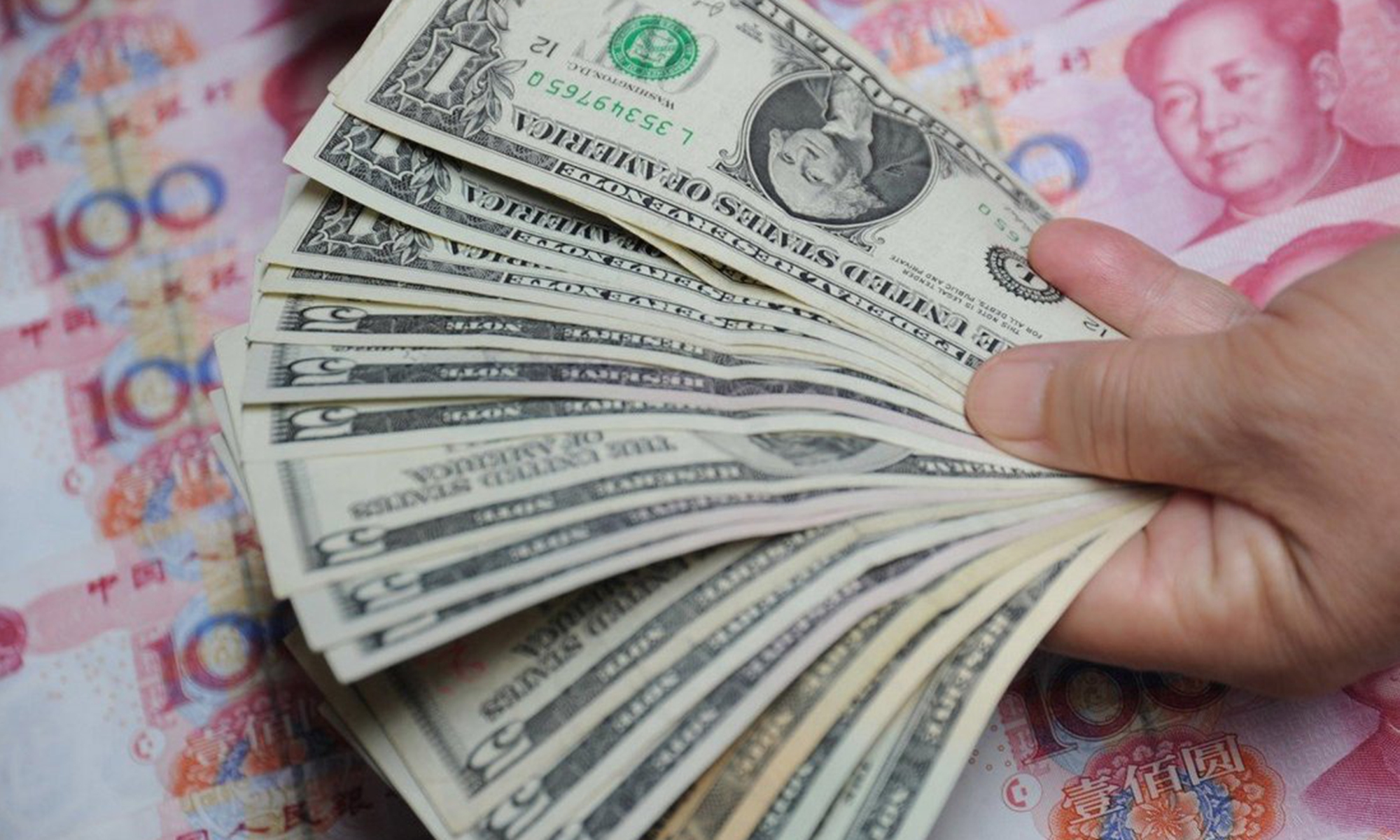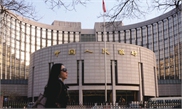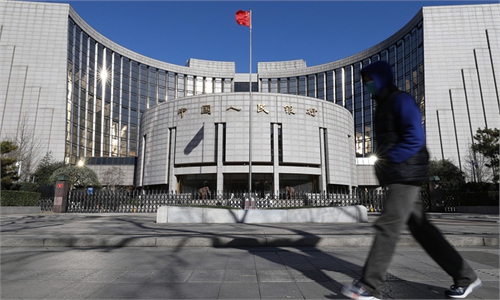China handles US rate hikes better with stronger yuan, financial opening-up: forex regulator
Foreign holdings of Chinese bonds, stocks exceed $700 billion by 2021

Photo:Xinhua
China is better placed to handle the changes in US interest rate hikes with strength in the industrial chain, financial opening-up, ample foreign reserves, and the attractiveness of Chinese assets, Chinese officials and analysts said.
Observers also noted that the Chinese economy is not where it was during the US' previous cycle of rate hikes, with a fundamentally strong yuan and a shift in policy focus insulating the economy from a massive fallout in the Federal Reserve's monetary normalization.
The comments come as the US Federal Reserve was widely expected to start hiking interest rates as early as March, while China has stepped up monetary easing as the country moves to stimulate economic growth. The policy divergence has raised concerns about possible capital outflows.
In the latest move, China's central bank announced a cut in interest rates on its lending facility loans on Friday, another key monetary policy tool, after it lowered its benchmark lending rate five-year Loan Prime Rate (LPR) on Thursday - the first time in 20 months.
The move came just four days after the central bank lowered the Medium-term Lending Facility (MLF) by 10 basis points.
Compared to the last round of the Federal Reserve's monetary policy adjustment, China is better able to cope with external changes, China's State Administration of Foreign Exchange (SAFE) spokesperson Wang Chunying told a press conference on Friday, noting that this round of tightening by the Federal Reserve may have a less spillover effect than the previous round.
China's currency depreciated sharply during the previous round of US Federal Reserve tightening.
A Beijing-based veteran industry observer told the Global Times on Friday that "What's also different now is that the economy is largely done with its deleveraging efforts, with local government debt and property lending well under control."
In 2015, at the start of the previous US rate hike cycle, China's equity market was being squeezed out in the wake of a crackdown on runaway margin loans. Since then, deleveraging had topped the policy agenda until the end of the US rate hike cycle in 2018, the observer added.
Such efforts have paid off. The country's macro leverage ratio stood at 272.5 percent at the end of 2021, down 7.7 percentage points from the year before, central bank data shows.
"Deleveraging has apparently given way to pro-growth policies, making it possible for the country to deviate from a US-led rate hike path," said the observer.
With the gradual opening-up of the country's financial market, yuan-denominated assets are becoming more attractive, paving the way for a more stable hold for China against any external shocks, Wang said.
Over the past few years, foreign investors have upped the ante in the country's equity market. With monetary easing auguring well for growth stocks, there have been net inflows into the A-share market over the past few days through the northbound trading links between Hong Kong and mainland bourses.
Foreign holdings of Chinese bonds and stocks have exceeded $700 billion from 2018 to 2021 since China's opening-up of its capital market in 2017, with an average annual growth of 34 percent, official data showed.
The proportion of foreign capital in China's stock and bond market remains at 3 to 5 percent, which is relatively low compared with developed and emerging economies such as Japan, South Korea, and Brazil, indicating a huge growth potential.
The yuan also fared exceptionally well against the US dollar last year, as the country's strong industrial chain resilience - a linchpin of pandemic damaged global supply chains - bolstered its exports and prompted multinationals to rethink their relocation plans that were previously cost-oriented.
The Chinese yuan reasserted itself as one of the most popular currencies for cross-border payments, reaching fourth for the first time since August 2015. The euro held its second-place ranking for a seventh month, and the pound followed in third, according to a Bloomberg report.
Activity in the yuan also rose to its second highest level ever, said the report, citing the Society for Worldwide Interbank Financial Telecommunications. While the Chinese currency made inroads in the rankings, the yuan accounted for about 2.7 percent of the market versus the dollar at 41 percent, and has held the top spot since June.
China's monetary easing, as opposed to an estimated rate hike cycle in the US, would lead to fluctuations in the yuan's exchange rate, factoring in an open Chinese economy that allows a comparatively free flow of capital, Wei Fengchun, chief economist with Shenzhen-based Truvalue Asset Management, told the Global Times, adding that the currency swing depends on the extent of China's monetary easing versus US rate hikes and, more importantly, on China's economic survival.



